Magic Moments in Building Vocabulary with ‘It’s Cool to be Clever’
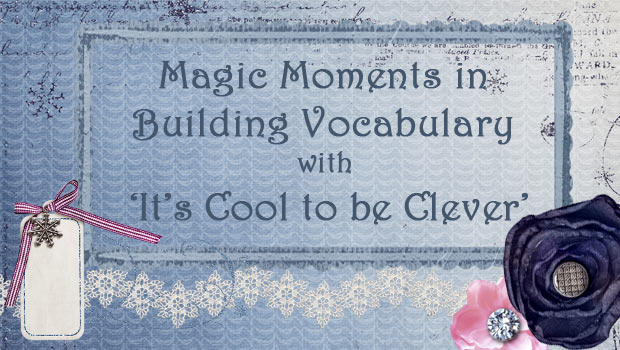
I had such a blast using this great (free) app that I couldn’t wait to get some time to blog about it. ‘It’s Cool to be Clever’ is about being different and uses the story of Edson Hendricks, an innovator who grew up in a small town in Pennsylvania and went on to develop an early design for what we now know as the world wide web.
The app is based on a book by a former teacher, Leanne Jones, and contains compelling video and some lovely original music. It was created by Agio Studios. In his own voice, Hendricks tells his personal experiences of growing up feeling different from his peers, family, and community. There are four segments to the app.
- The Story: Narrated version of Hendrick’s biography, written by Leanne Jones, can be viewed so that you can read on your own, or have it read to you by Hendricks himself.
- Clever Minds: Among other things, this part of the app has a section in which Hendrick explains how his mind works and a video of him giving words of advice to people who feel different from others.
- About Bullying: This section includes clips of Hendricks talking about how it felt to be bullied and strategies he used to deal with it. There are also segments with information about bullying, what to do if you are being bullied, and reducing bullying in schools.
- Inventing the Internet: This section continues Hendricks’s story, with clips of him discussing the process of invention, getting inventions accepted, and some fascinating history of the early internet. (We learned, for example, that the instant chat feature was present in even the earliest versions.)
How I Used This App
There are many ways to use the app, but my focus was on vocabulary learning. I was working with a middle school student who used a high tech SGD with a rich base of core language. I chose this app because she was experiencing a lot of the typical adolescent struggles in making friends, developing relationships, and fitting in. I wanted to show her that she was not the only one who ever felt disconnected and help her to see that being and feeling different was not necessarily a bad thing.
Rather than pre-selecting the vocabulary, I let HER choose which words to learn about. As she read each passage, I instructed her to stop and point out words she didn’t know. That allowed us to use the context of the passage to give us clues to the meaning. We ended up with new words such as invent, constraint, taunt, enthusiam, and anonymous. We also targeted some new meanings of familiar words, like dampen and suit, and considered some non-literal language (e.g., walking on eggshells). Over a few weeks, we used a general instructional sequence for vocabulary teaching.
Here are some of the things we did to make the word meanings come alive.
- We spelled out the word in her SGD using the keyboard and listened to the pronunciation. (In most cases, we decided not to program the new word into the the SGD.)
- I provided student-friendly definitions for each word, written out on sticky notes that we kept
- We looked at the passage itself for clues to meaning, part of speech, etc.
- She said the word frequently in each session, using spelling and word prediction.
- We talked about the word structure and related it to known words with similar prefixes and suffixes.
- We related the words to things in her daily life and past experiences. This was a powerful vehicle for learning, particularly when there was an emotional association with the word. For example, she told me that, in her school, people could report bullying anonymously.
- I provided focused language stimulation by using the new words frequently throughout the session
- We considered different forms of a root word (e.g., imagine, imaginary, imagination, imaginable)
- We created semantic webs to record some of what we were learning about the words (e.g., definition, part of speech, synonyms or related words, usage in a sample sentence).
- She used descriptive language to explain the meaning in her own words.
- We listened for words in our conversations, and kept a tally of the number of times we heard them.
- We took cut out magazine pictures and sorted them (e.g., enthusiasm/no enthusiasm).
Throughout it all, we both said the words. A LOT.
There are many other language goals that could be targeted with this great app. If you find a way to make some Magic Moments with ‘It’s Cool to Be Clever,’ we’d love to hear about it.
Filed under: Uncategorized
Tagged With: Magic Moments, vocabulary instruction
This post was written by Carole Zangari


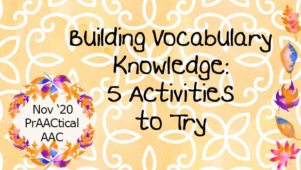
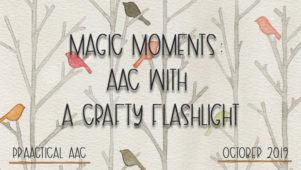
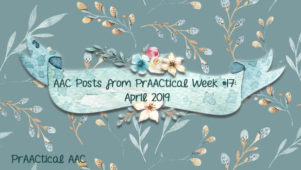
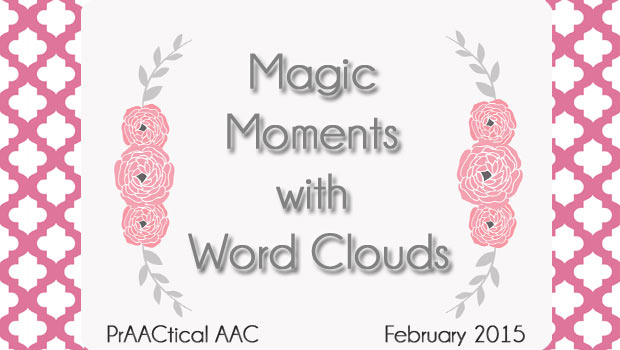
2 Comments
Dr. Zangari! I was very impressed to hear about the way you were using my book and app with regard to the story of Edson C Hendricks.
Your innovation in it’s usage was impressive to me and I just want to acknowledge that.
It has been sent on to Mr. Hendricks.
Sincerely,
Leanne Jones
leannej@shaw.ca
cellular 250 389 1144
Leanne, thank you SO much for your kind words and for passing this along to Mr. Hendricks. My site focuses on helping children with disabilities who are unable to speak (or who speak very little) learn to use technology to communicate more effectively. Your book was a perfect fit when working with a young lady who felt quite excluded and had a hard time fitting in at school. It was great to show her that she was not alone in feeling that way, and also that others in this situation have gone onto create rich and successful lives for themselves. Thanks again for stopping by.